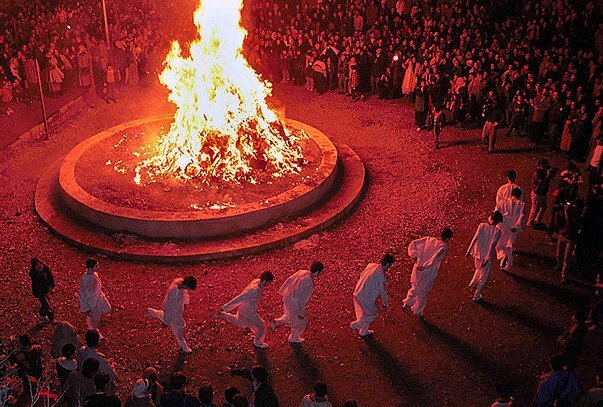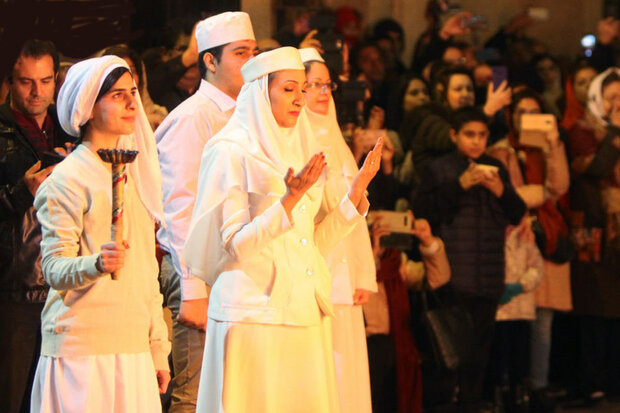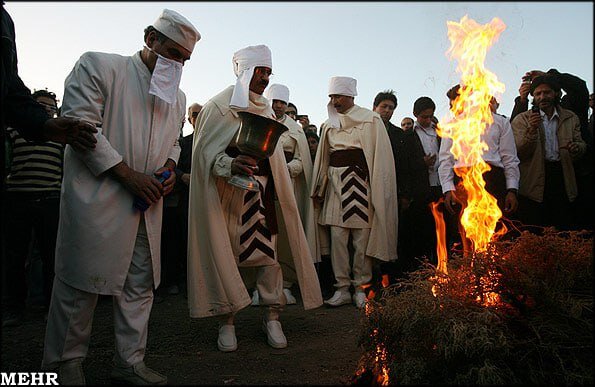TEHRAN –On Monday evening, clusters of Iranian Zoroastrians celebrated the importance of light, fire, and energy in a traditional mid-winter festival passed down from generation to generation for millennia.
The festivity, which usually falls on January 30, is nowadays more popular among Zoroastrians in Tehran, Yazd, Shiraz, and Kerman.
The feast, according to legend, commemorates the fictitious discovery of fire. When the action reaches its peak, they light a sizable pile of wood on fire.

In an effort to preserve the revered festival, Jashn-e Sadeh was added to Iran's National Intangible Cultural Heritage list in May 2020.
The occasion, which is named after the number 100 (Sad in Farsi), occurs 50 days and 50 nights before Noruz, the start of the Iranian calendar year on March 21. It is emphasized by a popular belief that celebrating the day the earth begins to warm up is a mid-winter ritual.
The origins of the festival are unclear, according to experts, and there is no mention of this ceremony in the Zoroastrian holy texts. The world's oldest monotheistic religion, Zoroastrianism, is said to have predated the ceremony, according to some historians.

Some people think that Sadeh is an occasion to celebrate fire and thwart the forces of coldness, ice, and darkness. However, the festival is linked to the beginnings of humans in a number of mythological stories. Houshang, the second king of the world in Persian mythology, is said to have discovered fire while attempting to strike a dragon with a stone. According to reports, he threw a flintstone, which when it struck another flintstone, produced a spark and started a fire.
Some Zoroastrian priests (Moobeds) recite verses from the Avesta, the Zoroastrian religion's holy book, before starting the enormous open fire. As a mark of cleanliness and orderliness, the priests are always attired in white cotton robes, trousers, and hats. In addition, Moobeds and Zoroastrian girls and boys, all dressed in white and carrying torches, circle the cluster of shrubs. The cheers of the crowd intensify as they light the fire.
TAGS


No comments:
Post a Comment